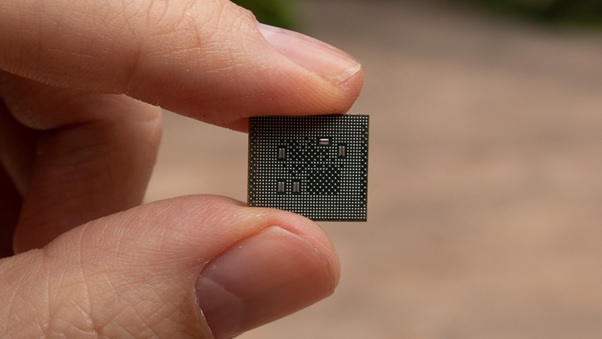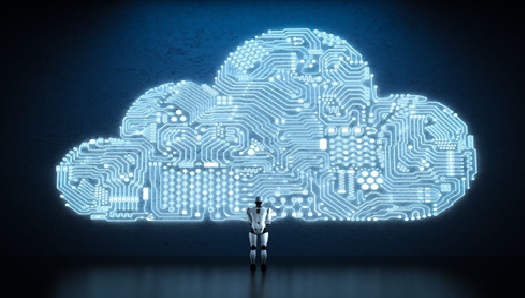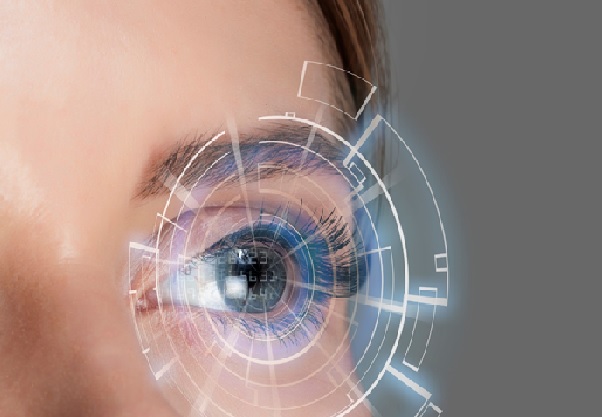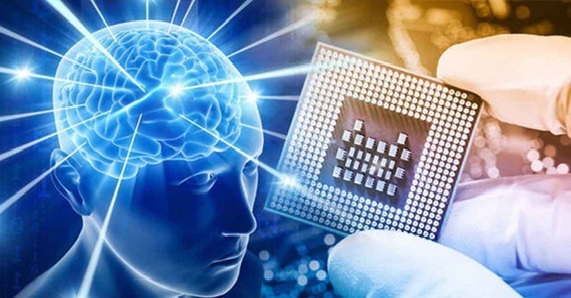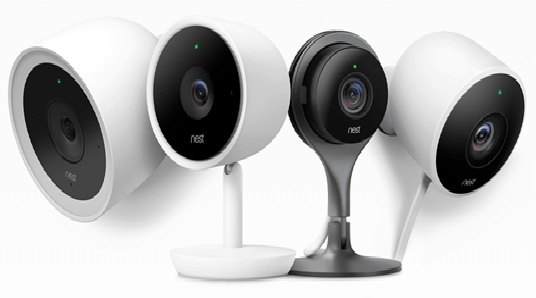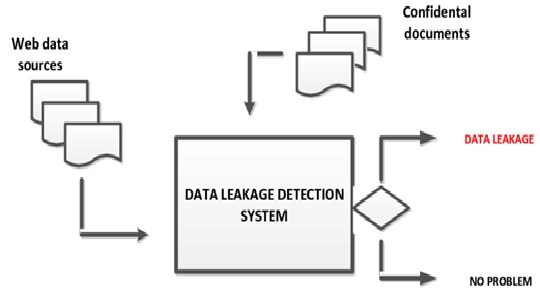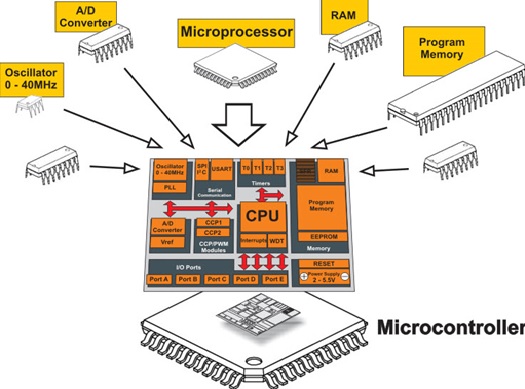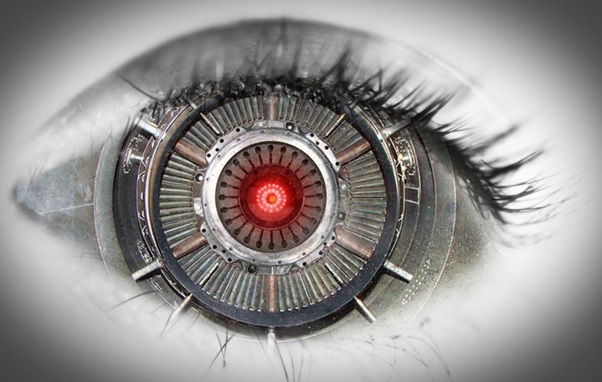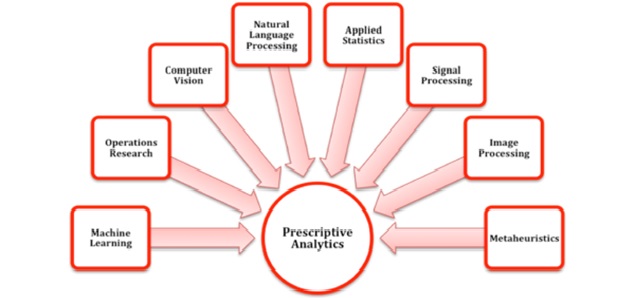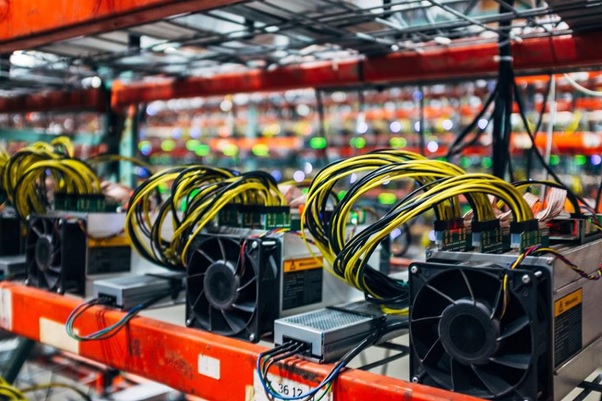Generative Artificial Intelligence (AI)
Introduction to Generative AI
Generative AI refers to a subset of artificial intelligence techniques that enable machines to create new content. This content can include text, images, music, video, and even code. Unlike traditional AI, which focuses on recognition or classification, generative AI is about generation — producing something novel from learned patterns.

Figure 1. Understanding Generative AI: How Machines Create Text, Art, and More.
- Examples: Chatbots, AI art generators, deepfake tools, text-to-image models.
- Key Models: GANs (Generative Adversarial Networks), VAEs (Variational Autoencoders), Transformers (like GPT-3).
Core Technologies Behind Generative AI
Generative AI relies on advanced machine learning techniques, particularly in deep learning. The most notable ones include: Figure 1 shows Understanding Generative AI: How Machines Create Text, Art, and More.
- GANs: Two neural networks (generator and discriminator) compete, helping produce highly realistic data.
- VAEs: Learn compressed representations of data and use them to generate new data.
- Transformers: Used for text and code generation (e.g., GPT, BERT), they capture language patterns in massive datasets.
These technologies require large datasets and powerful GPUs for training.
Automatic Response System
- The circuit reacts automatically when the light level crosses a certain threshold.
- Example: Turns ON a bulb when it gets dark and OFF when it’s bright.
- This automatic switching is often achieved using transistors, comparators, or relays.
Applications of Generative AI (as of 2021)
By 2021, generative AI had seen rapid expansion across sectors:
- Text Generation: GPT-3 for writing articles, summaries, and code.
- Image Creation: DeepArt, DALL·E, and StyleGAN for art and face generation.
- Music Composition: AI composing original tracks or assisting musicians.
- Healthcare: Synthesizing medical images for diagnostics training.
- Gaming: Procedural content generation like new levels or characters.
Ethical and Social Challenges
The rise of generative AI also brought ethical concerns, including:
- Misinformation and Deepfakes: Fake media can be used for fraud or manipulation.
- Copyright Issues: Generated content may unintentionally replicate copyrighted data.
- Bias in Output: Models may generate biased or offensive content if trained on biased data.
- Job Displacement: Automation of creative and intellectual tasks raised employment concerns.
The Future and Impact of Generative AIAs of 2021, generative AI was poised to transform industries, including education, design, media, and customer service. Future directions included:
- Personalized AI assistants
- More controllable and explainable outputs
- Integration with AR/VR and robotics
- AI-driven creativity and collaboration tools
Reference:
- https://linc.seas.harvard.edu/generative-ai-teaching-and-learning-resources
Cite this article:
Thanusri swetha J (2021),Generative Artificial Intelligence (AI), AnaTechMaz, pp. 40


